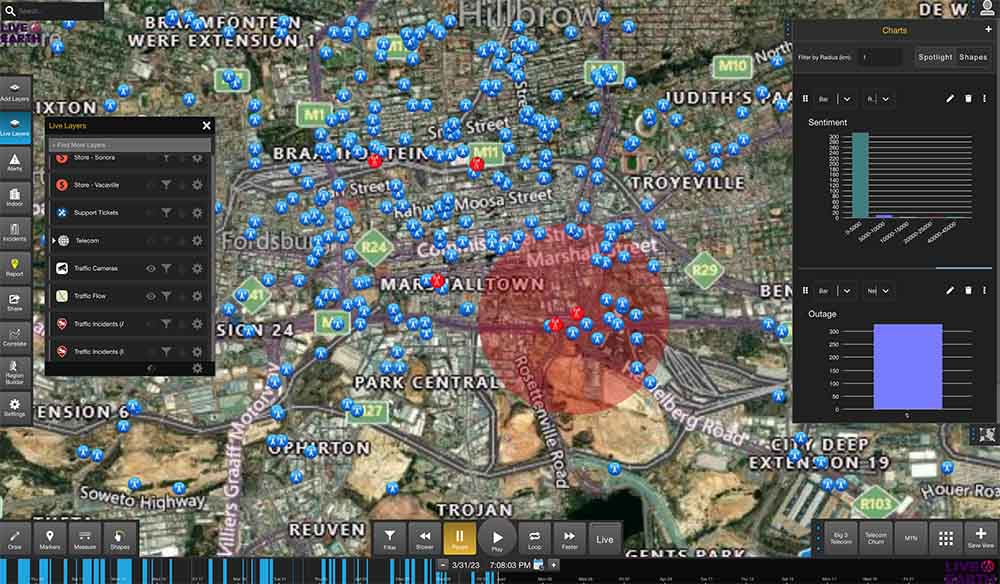In today’s business world, customer analytics has become an essential tool for any organization that wants to stay ahead of the competition. By gathering data on their customers’ behaviors, preferences, and needs, businesses can make informed decisions that help them improve their products, services, and marketing efforts. However, developing a successful customer analytics strategy can be a complex process. Follow this step-by-step guide to help you build a successful customer analytics strategy.
Step 1: Define Your Business Objectives
The first step in developing a successful customer analytics strategy is to define your business objectives. You need to know what you want to achieve before you start gathering data. For example, your goal might be to increase sales, reduce customer churn, or improve customer satisfaction. Once you have a clear understanding of your business objectives, you can start to identify the metrics that will help you measure progress towards those objectives.
Step 2: Identify the Data You Need
Once you have defined your business objectives, you need to identify the data you need to achieve those objectives. You can gather data from a variety of sources, including customer surveys, website analytics, social media analytics, and customer support data. You may also want to consider purchasing third-party data to supplement your internal data sources.
Step 3: Choose the Right Tools
To make the most of your customer analytics strategy, you need to choose the right tools. There are many different tools available for gathering and analyzing customer data. When it comes to choosing the tools that best fit your business, it’s important to consider the specific needs that need to be met, and the budget that these tools will require.
Step 4: Create a Data Collection Plan
Once you have identified the data you need and chosen the right tools, you need to create a data collection plan. This plan should outline the data you will collect, how you will collect it, and how often you will collect it. You should also consider data security and privacy concerns at this stage.
Step 5: Clean and Organize Your Data
Before you can start analyzing your customer data, you need to clean and organize it. This involves removing any duplicate or irrelevant data and ensuring that all of your data is properly labeled and formatted. You may also need to use data cleansing tools to help with this process.
Step 6: Analyze Your Data
Once your data is cleaned and organized, you can start analyzing it. You may want to use data visualization tools to help you make sense of your data. Look for patterns, trends, and correlations that can help you make informed decisions about your business.
Step 7: Take Action
The final step in building a successful customer analytics strategy is to take action based on your insights. Use the data you have gathered to make informed decisions about your products, services, and marketing efforts. Consider testing different approaches to see what works best for your business.
In conclusion, developing a successful customer analytics strategy is a complex process, but it is essential for any business that wants to stay ahead of the competition. By following the steps outlined in this guide, you can build a customer analytics strategy that delivers results. Remember to define your business objectives, identify the data you need, choose the right tools, create a data collection plan, clean and organize your data, analyze your data, and take action based on your insights. With the right approach, you can use customer analytics to drive your business forward. For help with any of these steps to build a successful customer analytics strategy, Contact Us today.

